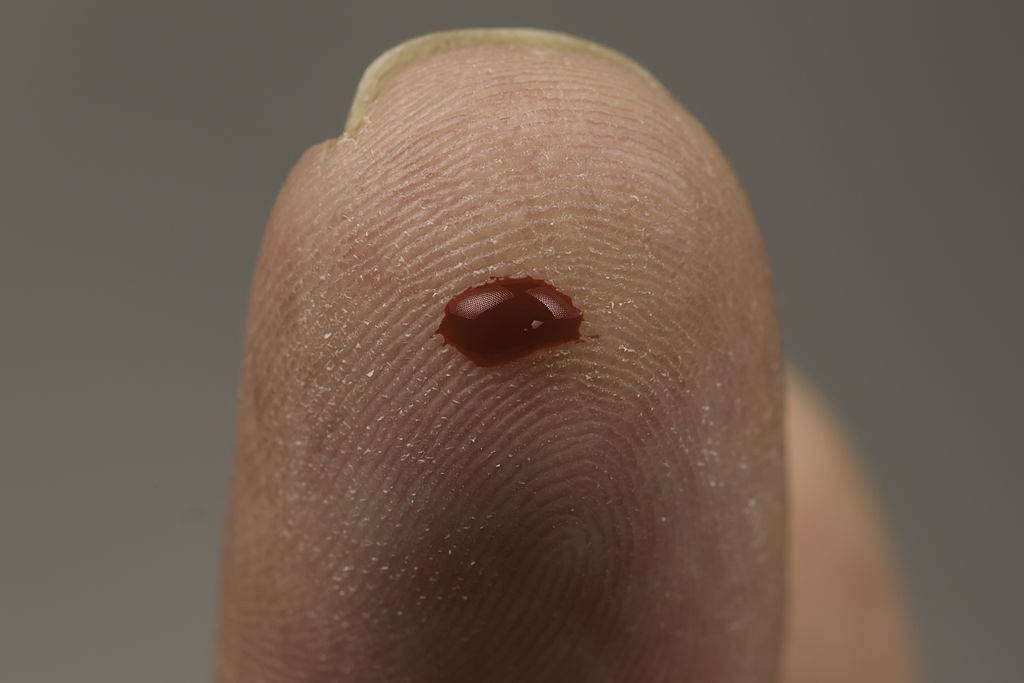El Pasoans are suffering from a silent epidemic – liver disease. It’s the focus of a new four-part series by the El Paso Times. They found the death rate from liver problems there is nearly double the state’s average, putting a strain on doctors and hospitals to treat the condition.
Now organizations in the city are launching efforts to reverse the trend through awareness and education.
Andres Carrion, liver disease specialist at Texas Tech University Health Sciences Center at El Paso, says that the causes of liver disease in the region is tri-fold.
“It’s a combination of viral Hepatitis C, fatty liver disease, and also alcohol-induced liver disease,” he says. “Actually, in a very high proportion of patients, we see all three components in a single patient, so it really gets to a point where the liver is affected from different ends and the disease becomes more severe.”
The socioeconomic status of some of the residents makes El Paso particularly vulnerable for liver disease, Carrion says, because lower-income residents may be less likely to pursue treatment. Also, the city has a high Hispanic population, which Carrion says is more genetically predisposed to develop liver problems.
“For fatty liver disease, there are multiple metabolic components that are more common in the Hispanic population,” Carrion says. “Over the past couple of years, there’s actually been some research done demonstrating that their genetic predisposition to fatty liver disease is higher in Hispanics compared to, for example, non-Hispanic whites or African-Americans.”
The good news is liver problems are preventable and largely treatable. But the challenge is making people aware of the conditions and treatment options available, as well as making sure that those treatments are accessible.
“Viral hepatitis has become very easy to treat nowadays, with access to care being actually one of the only limiting factors,” Carrion says. “For alcohol-induced liver disease, the main challenge is to find the social support that the person can rely on, and stay away from alcohol. And fatty liver disease is something extremely treatable. But unfortunately, the treatment of choice is diet and exercise, which is very easy to tell people about, but actually extremely difficult to be engaged in and start practicing on a regular basis.”
The best long-term fix, Carrion says, is raising awareness. And that includes reducing the lingering stigma around liver disease.
“I think the first step is to make people aware of the importance of early recognition of liver disease,” Carrion says. “We have to make them aware of the potential treatments. And unfortunately, liver disease has carried a social stigma in the past. People usually associate it with high-risk behaviors, either alcohol or drug abuse, so a lot of patients don’t want to come forward and get checked out.”















